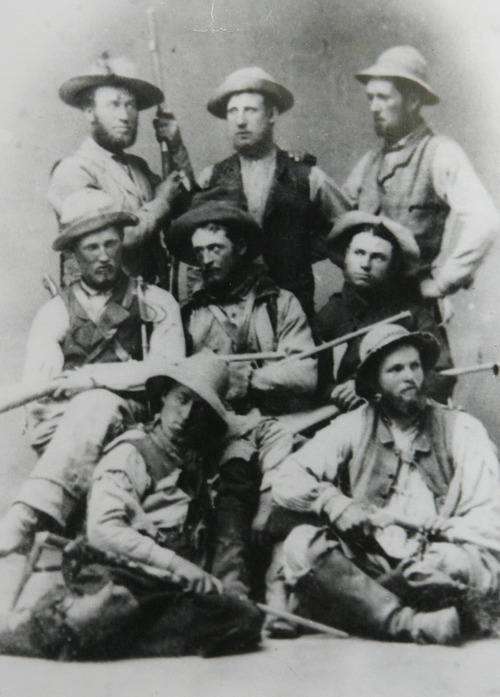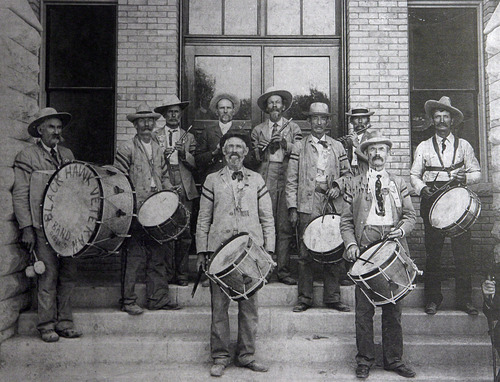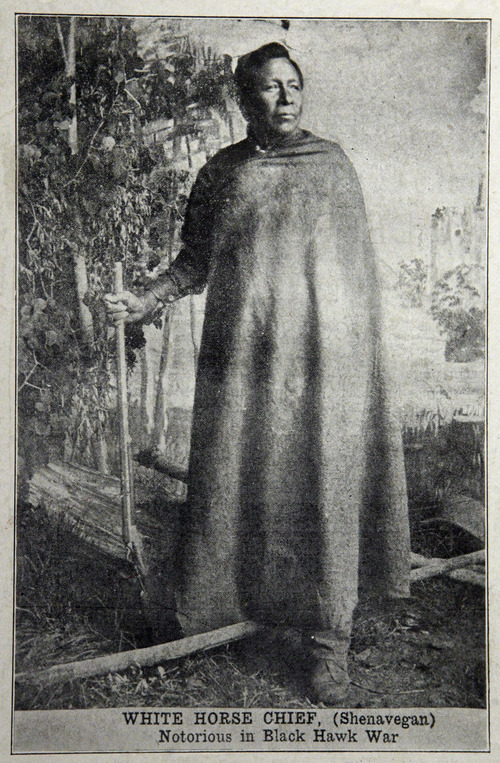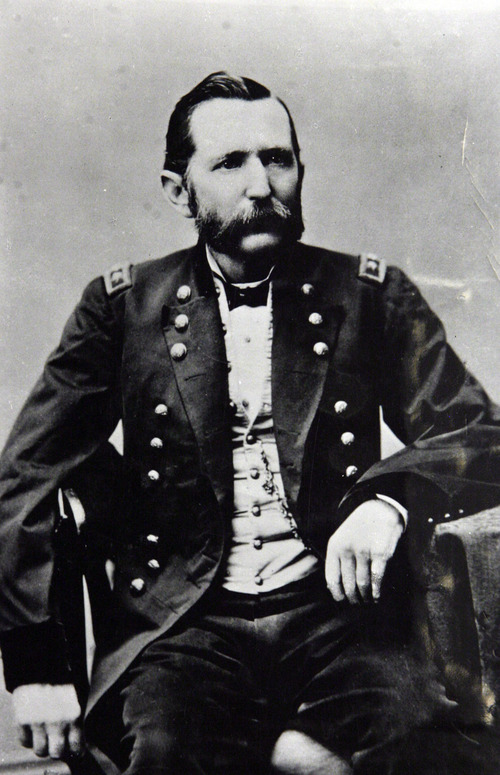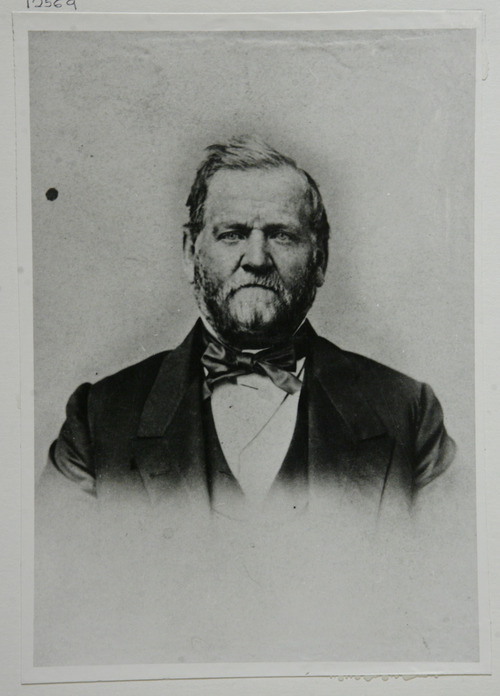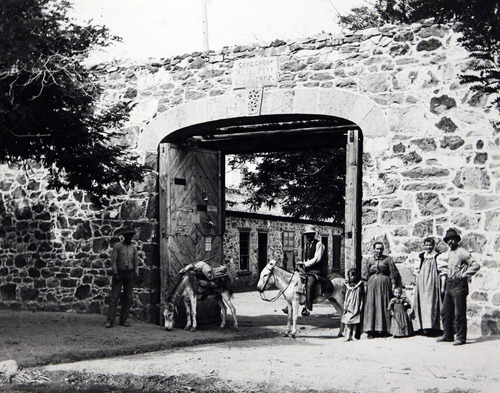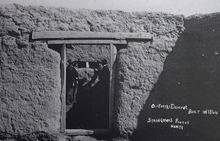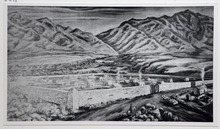This is an archived article that was published on sltrib.com in 2011, and information in the article may be outdated. It is provided only for personal research purposes and may not be reprinted.
The very day Ulysses S. Grant and Robert E. Lee signed papers officially ending the American Civil War, on April 9, 1865, a different kind of war broke out in Manti, Utah.
While nothing like the Civil War in terms of casualties and property loss, it was the longest, most costly and bloodiest conflict in Utah history. It was the culmination of more than 17 years of stormy relations between Latter-day Saint settlers and American Indians in the Territory of Utah. It lasted from 1865 to 1872, and was particularly intense between 1865 and 1867.
The war was named for a brilliant Northern Ute leader the Mormons called "Black Hawk" and centered on a major component of Utah's pioneer economy — stock raising. Mormon immigrants brought thousands of cattle into Utah that ate the grasses that produced precious grass seeds Indians used for subsistence.
Burgeoning herds of hungry cattle drove their Mormon owners to usurp more and more grasslands, inadvertently playing primary roles in both the explosion of Mormon expansion into new areas and the cataclysmic loss of important traditional food resources for the Indians that resulted from it.
Starving, weakened and more susceptible to indigenous and imported diseases, the Indians of Utah died off by the thousands during the early 1860s.
Black Hawk led other hungry Indians in a series of hit-and-run cattle raids on the fat Mormon herds that had invaded and "ruined" their country and destroyed their livelihood. Cattle, not Mormon lives, were the raiders' chief object, but the disgruntled Indians often killed herdsmen, travelers and settlers who got in their way. Some 75 Mormon settlers were killed in various raids and massacres over the course of the seven-year conflict, 35 of them in 1865 alone.
John Wesley Powell estimated that Black Hawk's raiders drove off over 10,000 head of cattle that year. The settlers responded almost immediately to these staggering property losses with counteroffensives by employing the Nauvoo Legion, a church-run militia organized along priesthood lines. Several hundred Indians were killed during the seven-year conflict by the Nauvoo Legion and individual Mormons defending their property or seeking revenge. Indians retaliated in kind.
As time went on, hundreds of hungry Indians and their families flocked to Black Hawk's now beef-rich camps, and he was able to create a confederation of like-minded opponents of Mormon settlement from many Ute bands. He also drafted recruits from such diverse tribal groups as the Shoshoni, Goshute, Southern Paiute, Navajo, Jicarilla Apache and even some Hopis. Contemporaries reported that fully half of Black Hawk's band were Navajos from south of the Colorado and San Juan rivers.
Meanwhile, white and Latino middlemen purchased cattle from the raiders and provided them with arms, powder and ammunition. Thousands of head of Mormon-owned cattle were driven by Indians and European cattle thieves to markets as far away as Santa Fe and Los Angeles.
Mormons responded to the raids by building forts in the heart of virtually every settlement, and by building what they called "Spanish Walls" around entire settlements.
Significantly, in an era known for its otherwise quick, decisive and severe U.S. military responses against Indians almost the moment they stepped out of line, a state of cold war existing between the federal government and The Church of Jesus Christ of Latter-day Saints during that period. Federal officials adopted a hands-off policy that allowed the raiders to continue their war against the Mormons for more than seven years without federal intervention. Scores of settlements, and in fact, whole counties, were evacuated as Black Hawk's men forced back the tide of Mormon expansion for a time — but in the end, their efforts were futile.
John A. Peterson, Kaysville, is the author of Utah's Black Hawk War (Salt Lake City: University of Utah Press, 1998).
The Utah Historical Society holds its 59th annual Utah State History Conference, co-hosted with the Fort Douglas Museum, Sept. 9 -11. Go to http://www.history.utah.gov for more information and to register. To register for a Sept. 11 day-long field trip related to the Black Hawk War, call Fort Douglas, 801-581-1251.


